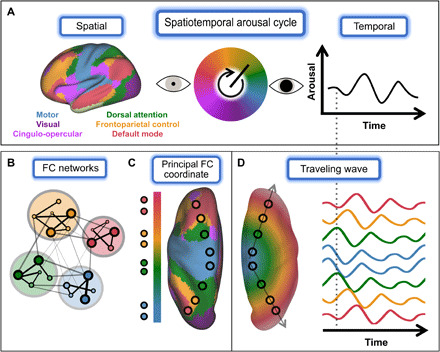Fig. 1. Infra-slow arousal fluctuations as a global, spatiotemporal process.

(A) We propose that infra-slow arousal fluctuations can be understood as a spatiotemporal cycle, within which different temporal phases correspond to different spatial patterns of enhanced excitability. These spatial patterns correspond to the major functional systems of the brain [left; (16)], such that activity within each system fluctuates over tens of seconds in accordance with arousal (right). (B to D) The proposed mechanism linking FC networks to global arousal fluctuations. (B) FC networks are often defined using tools from graph theory (15), where “edges” are defined by the strength of zero-lag correlation (FC) between the spontaneous BOLD fluctuations observed in any two regions. Brain regions (here, small circles) are assigned to modules (large circles) such that connections are stronger within rather than between modules. Module assignments [e.g., those shown in (A)] do not preserve global (i.e., intermodule) relationships. (C) Without enforcing modularity, FC is seen to evolve along a principal, cortex-wide “coordinate”; this principal FC coordinate corresponds to the unimodal-transmodal axis of brain functional organization (11). Canonical FC networks occupy characteristic positions along this continuous axis, as apparent from the dorsal view shown here. Notably, process does not enter to this picture of FC. (D) This continuous, gradient-like organization of FC can be parsimoniously explained by traveling waves. A global wave would introduce propagation delays that gradually increase with distance from the wave source. Thus, activity would be in-phase (i.e., strongly correlated at zero lag) between regions that are approximately equidistant from the source [compare with (C)]. The vertical dashed line highlights various in-phase and out-of-phase relationships between brain regions. Last, if this wave process is linked to arousal fluctuations, then different sets of regions (i.e., networks) will be preferentially active at different phases of arousal [(A), above].
